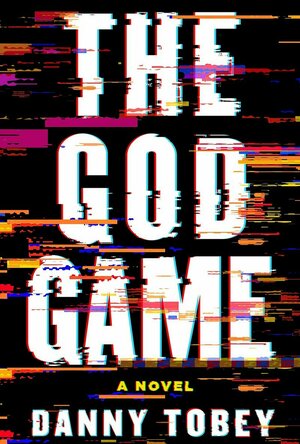
PAW Patrol: Air & Sea HD
Education and Games
App
Pups Take Flight is now PAW Patrol Air and Sea Adventures! Kids take to the sky and sea with the PAW...
Sensitivemuse (246 KP) rated The God Game in Books
Jan 8, 2020
The plot of the book was good overall and quick to read. The pace is fast and because you’re into the novel the reading goes by quickly. It may seem like your typical high school book, but it’s got more mature elements so I wouldn’t say it’s YA. (Although it may be for the more mature YA reader if you’re being nitpicky about it) There are quite a few references to gaming and coding which may go over some readers but it’s not so much that would turn you off of the book.
You will have some favorite characters coming out of the book. Some of them you will also detest (I’m looking at you, Tim) but some you will have a soft spot for. Alex is a good example. I felt for him. He went through so much it’s no wonder he went through those types of extremes.
Vanhi and Mary would be my two favorites. I liked their personalities and determination. Could not like Charlie though. He wasn’t likable - although I get why he’s acting out I just could not sympathize with him. I didn’t care too much that he was made to look like an all around good guy when he’s done some pretty ugly things. Don’t get me wrong, he's seen as a saint compared to Peter, but I just didn’t like his outcome and his attitude towards his dad is horrendous. (Then again, you could say he’s acting out his grief)
All being said, I loved this book and glad I got a chance to read it. It’s quick and fast and the ending is open to maybe a sequel? If so I’m definitely all for it.
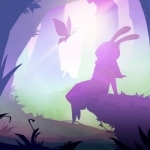
The Fairyland
Games and Stickers
App
Did you ever dream like this? In the dream you are an alone traveler who lost in the space and time....
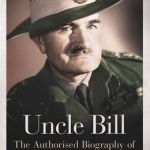
Uncle Bill: The Authorised Biography of Field Marshal Viscount Slim
Book
Masterly biography of the 'greatest commander of the 20th century'. Field Marshal Slim is less well...
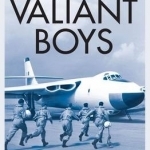
Valiant Boys: True Stories from the Operators of the UK's First Four-Jet Bomber
Tony Blackman and Anthony Wright
Book
Following on from the success of Victor Boys and Vulcan Boys, Tony Blackman, in collaboration with...
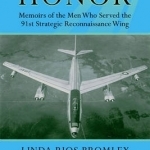
We Served With Honor: Memoirs of the Men Who Served the 91st Strategic Reconnaissance Wing
Linda Rios Bromley, James F. Bard and Frank T. Hayes
Book
The 91st Bombardment Group, the forerunner of the 91st Strategic Reconnaissance Wing, arrived in...
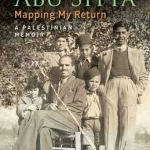
Mapping My Return: A Palestinian Memoir
Book
Salman Abu Sitta, who has single-handedly made available crucial mapping work on Palestine, was just...
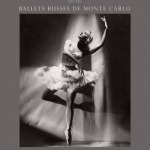
Irina Baronova and the Ballets Russes de Monte Carlo
Book
In the 1930s and '40s, the Ballets Russes de Monte Carlo toured the United States and the world,...

Skyfaring: A Journey with a Pilot
Book
It is Sunday Times Bestseller. It is Book of the Week on Radio 4. "A beautiful book about a part of...
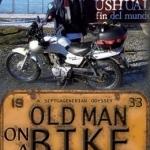
Old Man on a Bike
Book
A Septuagenarian Odyssey Simon Gandolfi has never been one to grow old gracefully and following two...
